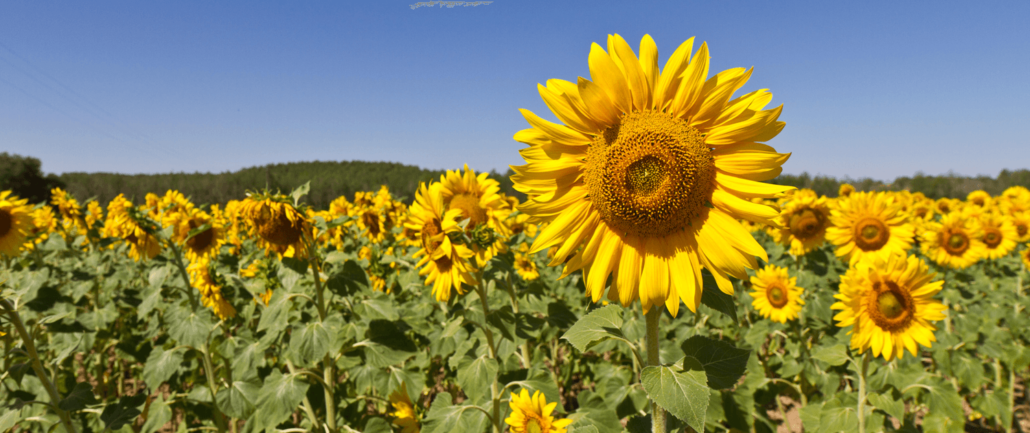Health Clinics
The standards of medical care in Spain are very high. Health clinics, or Centros de Salud, are generally open from 8am-3pm, often 24 hours a day in larger cities. Ask the hospitalero if you need a doctor, and he or she can direct you to the nearest clinic. Spain has a system of universal health coverage that is compatible with other European Union countries, so citizens of Great Britain, Ireland and the EU need only carry their European Health Insurance Certificate (EHIC).
Health and Travel Insurance
Walkers from other countries should check with their personal health insurance plan to find out whether they are covered while abroad, and if so, what coverage applies. It is advisable to purchase travel insurance while traveling abroad. Most plans cover health-related costs such as evacuation, repatriation of remains, and any trip plans cancelled because of health problems. Insurance also usually covers things like flight delays, lost luggage and other travel-related hassles.
Blisters and Foot Care
Blisters are one of the most common injuries on the Camino and the bane of many hikers around the world. Blisters are caused by friction, which creates pockets of fluid between the layers of skin. Blisters are often caused by poorly fitting shoes or shoes that have not been thoroughly broken in. Common places for blisters to form are the back of the heel, toes, and even along the sole of the foot. While most blisters are relatively minor injuries, they can be extremely painful and run the risk of becoming infected. Every year, hundreds if not thousands of pilgrims abandon the camino because of painful or infected blisters.
The best approach to blisters is prevention. Wear comfortable, broken-in shoes that are the correct size (have you feet sized at a professional gear store). Wear moisture-wicking socks such as merino wool or synthetic (not cotton). Experiment with liner socks, and thicker or thinner socks to find what works for your feet. Keep your feet and socks clean and dry. Bring sandals, Crocs or flipflips for the evening to give your feet a chance to breathe and dry out thoroughly.
While walking, stop periodically and check your feet for “hot spots.” These are red, warm areas where rubbing is taking place which will likely form into blisters if preventative care is not taken. If you find a hot spot, use moleskin, Band-Aids, athletic tape, or Compeed to create a barrier between the hot spot and your shoes. Don’t try to be tough and ignore hot spots! It is worth the time and effort to prevent days or weeks or pain.
If a blister does form, opinions vary as to whether or not you should pop the blister or leave it alone. We generally lean toward popping those blisters that may pop on their own in an insterile environment. Use a sterilized needle to pierce a hole in the base of the blister. Disinfect with alcohol, iodine or other disinfectant. Keep the area clean and dry. Some people like to sterilize a piece of thread and leave it in the blister overnight to prevent it from refilling with fluid.
If you choose not to pop a blister, another approach is to cushion the blister area to relieve pain. Take a piece of moleskin or sticky foam cushioning and cut a hole in the middle the size of the blister. Place this cushioning around the blister and cover with a sterile bandage. Sometimes the best solution for severe blisters is to take a few days off of walking, allowing the wounds to heal without constantly being rubbed and re-opened.
Fitness and Training
While you don’t have to be a seasoned athlete or have a chiseled body of steel to walk the Camino, some basic fitness and walking training before your pilgrimage can make a big difference in your experience. We recommend beginning training at least three months before your camino walk. This allows you about 12 weekends for doing longer hikers; aim to fit in a minimum of 6 practice hikes.
Take training walks in the shoes you plan to wear on the camino, and wear your fully-loaded backpack. Take three short walks per week, just around town or in your neighborhood, and do one full-day hike each weekend. For beginning walkers, start with 10 kilometers (6.4 miles) and try to work up to 20 kilometers (12.8 miles). For more experienced walkers, start with 15 kilometers (9.6 miles) and work up to 30 kilometers (19.2 miles).
Other fitness activities that can improve your overall fitness and preparedness for the walk include yoga, pilates, light weightlifting, and any cardiovascular activity that gets your heart pumping.
Even if you have little time for training, you will become fitter as you walk the camino. Schedule manageable shorter days for the first week on the trail and work up to longer days. Remember to eat healthy nutritious foods and get enough sleep. Take a rest day or shorter day if you are in pain or exhausted. Walk at your own pace, and don’t feel pressured to walk faster or farther than you are comfortable.
If you have any doubts or concerns about your physical fitness, see a doctor for a full check-up and for advice as to whether the camino is a good choice for you, or what kind of fitness level you should aim for before embarking on the Camino.

